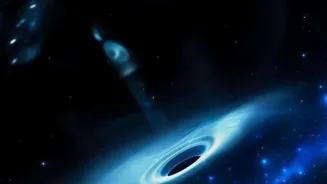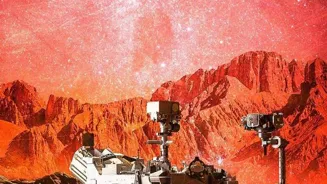Unveiling the Secrets of the Milky Way: Our Home Galaxy Explained - Dive into the cosmic mysteries of our galaxy! 🌌🔭
Folks in India, look up at the night sky! On a clear, dark night, far from the city
lights, you might just glimpse a hazy band of light stretching across the heavens. That, my friends, is the Milky Way, our very own galaxy, the cosmic home we all share.

For centuries, humans have been fascinated by this celestial river, weaving it into myths and legends. But only in recent times have we truly begun to understand its immense size, complex structure, and the secrets it holds about the universe.
Scientists unravel mysteries of Milky Way through powerful telescopes on Earth and in space
Scientists, using powerful telescopes both on Earth and in space, are constantly working to unravel the mysteries of the Milky Way. It's like trying to understand your own house, but you're stuck inside it! It's a challenging task, but the discoveries are truly mind-blowing.

From the supermassive black hole at its center to the countless stars scattered throughout its spiral arms, the Milky Way is a fascinating subject of study, and understanding it helps us understand the universe better.
Our solar system resides in a cosmic pizza-like Milky Way spiral arm
Imagine the Milky Way as a giant cosmic pizza, shaped like a flattened disc. Our solar system, with Earth and all the other planets, is located on one of the spiral arms, about two-thirds of the way out from the center.
This puts us in a pretty good neighborhood, not too close to the crowded and potentially dangerous galactic center, but also not too far out in the sparsely populated suburbs.
Think of it like living in a nice locality, a bit away from the main hustle and bustle, but not too far from the action also. We revolve around this galaxy along with our sun.
Exploring the mysteries of the Milky Way and the universe
Understanding the Milky Way, with its billions of stars, gas clouds, and dust lanes, is like understanding the story of the universe itself. It allows us to explore the bigger questions like: How did the universe begin? Is there life beyond Earth?
Will our Milky Way collide with another galaxy someday? These are the questions that drive scientists and captivate the imagination of all who look up at the night sky with wonder. As technology advances, we are getting closer and closer to answering these questions.
The Milky Way's structure and dark matter influence
The Milky Way is a barred spiral galaxy, which means it has a central bar-shaped structure made of stars. This bar is thought to influence the movement of stars and gas within the galaxy.
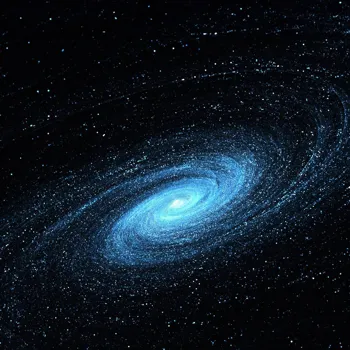
Surrounding the disc is a vast halo, a spherical region containing globular clusters (ancient groups of stars) and dark matter, a mysterious substance that we can't see but whose gravity affects the galaxy's rotation.
The dark matter in the Milky Way is like the strong foundation of our house on top of which lives everyone.
Sun's orbit with the galaxy keeps solar system stable
Our Sun goes orbiting with the galaxy at light speed just as the rest of us. Astronomers say this is one of the things that keeps the solar system stable. Without such a system of structure, the Sun may start drifting off into other galaxies.
Milky Way: city of stars, diverse life cycles, fascinating to astronomers
Think of the Milky Way as a giant, bustling city, but instead of people, it's filled with stars! These stars come in all shapes, sizes, and colors, from tiny red dwarfs to massive blue giants. Some stars live for billions of years, while others burn out quickly in spectacular supernova explosions.
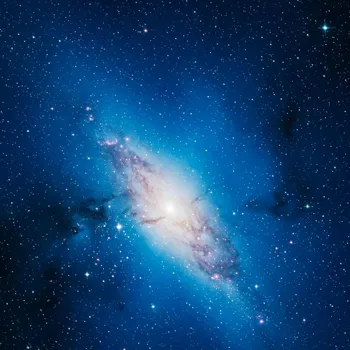
Each star has a life cycle, just like us, from birth to death. The study of their life cycles and even their death is one of the most intriguing topics of study for astronomers.
Various stars and planets offer potential for life
Our own Sun is a relatively average star, a yellow dwarf that provides us with the light and heat we need to survive. But there are many other types of stars out there, some with planets orbiting them, potentially harboring life.
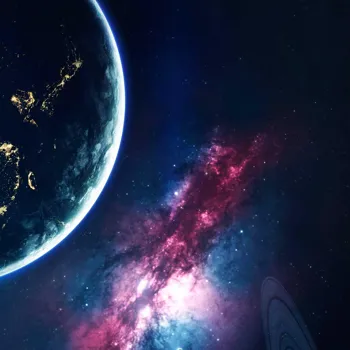
These planets are like other worlds that inhabit the system which has its very own complex system.
Supermassive black hole Sagittarius A* at Milky Way's core
At the very heart of the Milky Way lies a supermassive black hole called Sagittarius A* (pronounced "Sagittarius A-star"). This behemoth has a mass millions of times that of our Sun, and its immense gravity pulls in everything around it. Even light cannot escape its grasp!
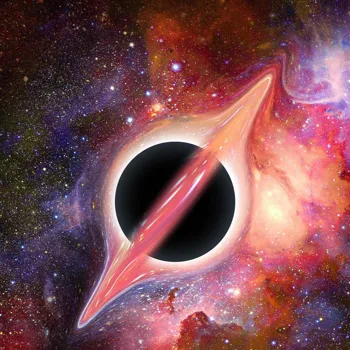
However, it looks like a dark space.
Scientists study Sagittarius A* for galaxy evolution, a crucial system driver
Scientists monitor Sagittarius A* closely, as it plays a key role in the galaxy's evolution. It's like the engine that drives the entire system, influencing the movement of stars and gas throughout the Milky Way.

But there is only so much that we can observe and we are still working hard to understand the full system.
scientists study Milky Way galaxy's system and mechanism
Imagine our Milky Way galaxy is a large family having billions of members. The scientists are trying hard to reveal the system and mechanism of the family.
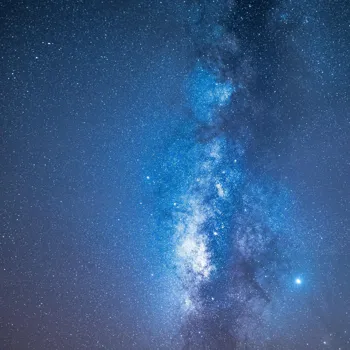
Milky Way formed from gas collisions, creating stars over time
Now, let's talk about how the Milky Way formed. Scientists believe that it started as a much smaller collection of gas and dust, which gradually grew over billions of years through mergers with other smaller galaxies.
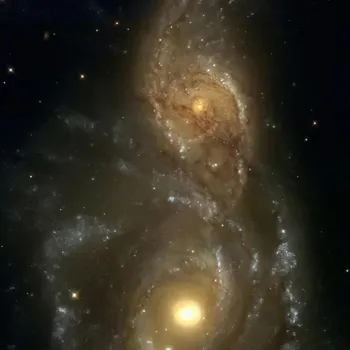
These galactic collisions are like cosmic car crashes, but instead of destroying everything, they can actually create new stars and structures. The collisions keep happening for light years until the system is formed.
Milky Way merges with galaxies, including Andromeda, shaping its future; Earth safe but sky alters
Our Milky Way is still actively merging with smaller galaxies today, and these mergers continue to shape its evolution. One day, billions of years from now, the Milky Way will collide with its neighbor, the Andromeda Galaxy, in a spectacular cosmic dance. But don't worry, Earth won't be destroyed!
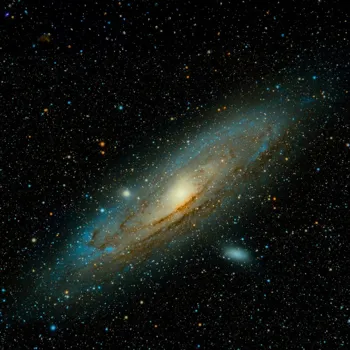
However, the view of the night sky will change drastically.
Long-term collision causes no immediate concern
The collision will take so many many so many years that there is nothing for anyone of to be very concerned about until then.

